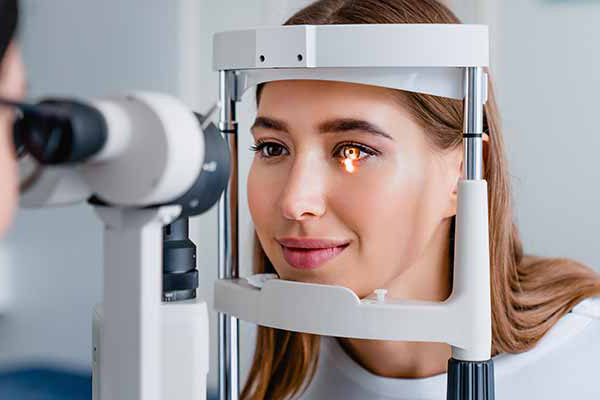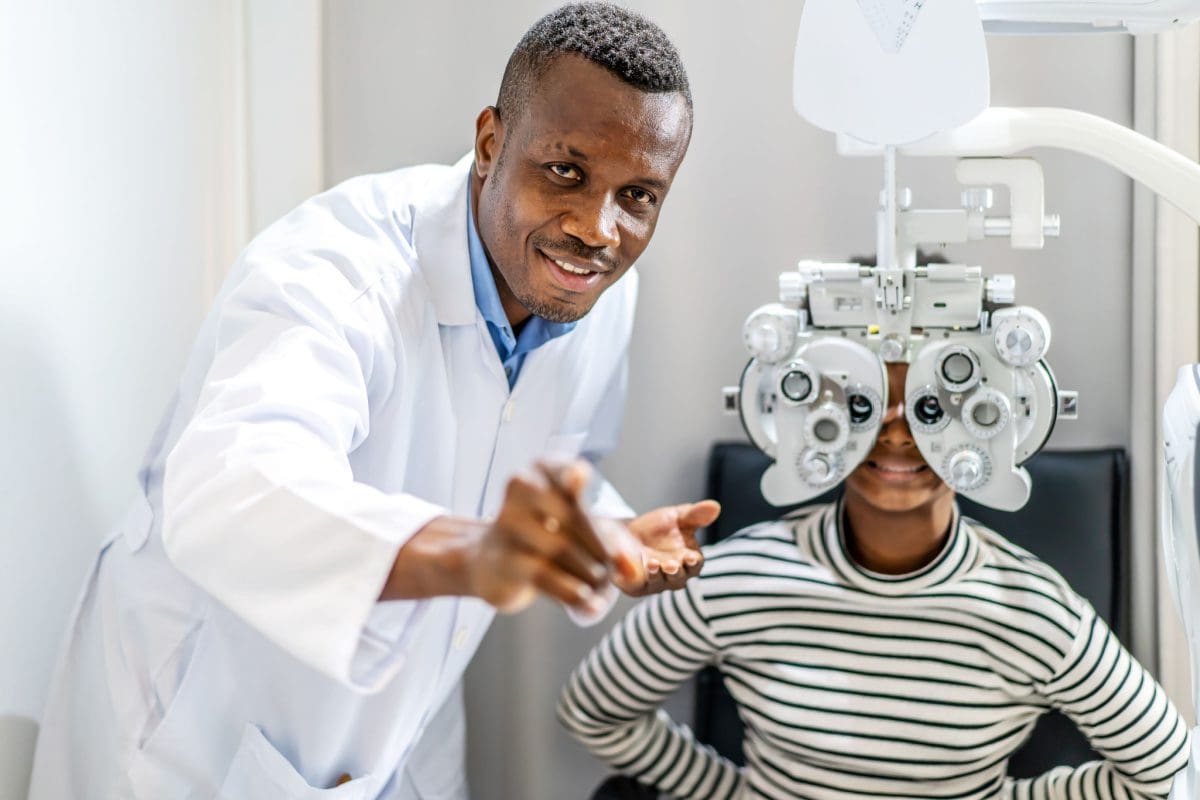Professional Retina Service Near Me: Leading Clinic Offers Comprehensive Care
Professional Retina Service Near Me: Leading Clinic Offers Comprehensive Care
Blog Article
Discovering the State-of-the-Art Technologies Made Use Of for Identifying and Treating Eye Conditions
In the world of ophthalmology, the development of technology has considerably enhanced the devices readily available for identifying and treating various eye problems. From innovative imaging innovations that offer detailed insights right into ocular frameworks to robotic-assisted operations that provide exceptional precision, the landscape of eye care is regularly developing. With the integration of expert system in diagnostics, genetics treatment technologies, and online fact recovery, the opportunities for improving patient end results are broadening at a quick pace. The merging of these advanced innovations holds the assurance of reinventing the field of ophthalmology, using new opportunities for personalized and reliable treatments.

Advanced Imaging Technologies
Advanced Imaging Technologies have changed the field of ophthalmology by supplying precise and thorough visualization of the eye structures. Optical Comprehensibility Tomography (OCT) attracts attention as a crucial technology in this realm. OCT makes use of light waves to record high-resolution cross-sectional photos of the retina, permitting the recognition of minute architectural modifications. This non-invasive strategy help in the early discovery and surveillance of different eye conditions such as macular deterioration, diabetic retinopathy, and glaucoma.
Moreover, Fundus Photography is one more crucial tool in ocular imaging. This technique involves catching in-depth photos of the rear of the eye, consisting of the retina and optic disc. Fundus Photography assists in documenting the progression of eye illness, reviewing therapy effectiveness, and informing individuals concerning their eye wellness.

Robotic-Assisted Procedure
Robotic-assisted operations have actually dramatically advanced the capabilities of ocular surgical treatment, introducing a brand-new period of accuracy and performance in dealing with various eye conditions. By incorporating robotic technology right into surgical treatments, eye doctors can accomplish exceptional accuracy and control, causing enhanced client results.
One of the main benefits of robotic-assisted surgery in ophthalmology is the enhanced mastery and security it uses to specialists. The robotic arms can carry out precise movements with a high level of precision, enabling delicate procedures with very little invasiveness. This degree of accuracy is particularly advantageous in surgeries entailing the retina, where also small mistakes can have substantial implications for a person's vision.
Furthermore, robotic-assisted surgical systems offer real-time imaging and comments to the cosmetic surgeon, allowing them to make informed choices during the treatment. This modern technology improves the cosmetic surgeon's situational understanding and enables adjustments to be made quickly, ensuring optimum outcomes for the client.
Expert System in Diagnostics
With the development of cutting-edge modern technologies boosting surgical precision in sensory procedures, the integration of Artificial Knowledge in diagnostics has actually emerged as a crucial advancement changing the field of eye treatment. Synthetic Knowledge (AI) algorithms are being increasingly used to examine intricate data from imaging technologies like optical coherence tomography (OCT) and fundus digital photography to assist in the very early discovery and accurate diagnosis of numerous eye conditions. These AI systems can successfully determine patterns and anomalies in photos that may not be discernible to the human eye, making it possible for quicker diagnosis and treatment planning.
AI algorithms can also forecast disease development, Discover More recommend tailored therapy strategies, and examine the performance of treatments. By streamlining the diagnostic process, AI not only enhances the efficiency of eye treatment professionals yet also enhances patient results by making it possible for timely interventions. As AI remains to development, its function in diagnostics is expected to broaden, providing new possibilities for early treatment and tailored therapy in the field of ophthalmology.
Gene Treatment Developments
In the realm of ophthalmic innovations, current strides in genetics therapy technologies have sparked considerable rate of interest amongst scientists and medical care specialists alike. Genetics therapy holds immense assurance in transforming the therapy of various eye conditions by targeting the hidden hereditary causes. By introducing genetic material into cells to make up for uncommon genetics or to offer an absent genetics, genetics treatment uses a personalized technique to addressing inherited eye disorders such as retinitis pigmentosa, Leber congenital amaurosis, and others that were previously considered untreatable.

As study in gene therapy remains to advancement, the capacity for tailored therapies for a broader series of eye conditions expands, supplying new expect patients with hereditary eye diseases.
Digital Reality Rehab
Online truth rehabilitation has actually become a cutting-edge strategy in improving the recovery and recovery processes for people with various aesthetic problems. glaucoma service near me. By imitating real-world settings via immersive innovation, digital truth supplies a special system for vision therapy and recovery. This innovative approach enables individuals to involve in interactive workouts and tasks developed to boost visual skill, deepness understanding, eye control, and overall visual performance
One trick advantage of virtual fact rehab is its capability to customize therapy programs based on the certain requirements and capabilities of each individual. Via real-time feedback and monitoring, health care professionals can track progress, adjust interventions, and supply tailored like enhance outcomes. Furthermore, digital fact technology can create a risk-free and regulated space for people to exercise visual jobs, conquer challenges, and develop self-confidence in an online setup prior to transitioning to real-world circumstances.
Conclusion
In conclusion, the innovations in imaging modern technologies, robotic-assisted surgical treatments, artificial intelligence diagnostics, genetics treatment advancements, and virtual truth recovery have actually significantly improved the medical diagnosis and therapy of eye problems. hearing service near me. These advanced modern technologies have actually reinvented the field of ophthalmology, permitting more accurate and efficient treatments. As innovation remains to develop, the future of eye care looks encouraging with the possibility for even more cutting-edge options to enhance patient end results
In the realm of ophthalmology, the development of modern technology has dramatically improved the tools available for detecting and treating various eye our website problems. Fundus Photography helps in recording the development of eye diseases, evaluating therapy effectiveness, and educating patients concerning additional hints their eye health and wellness.
Artificial Knowledge (AI) algorithms are being significantly used to analyze intricate data from imaging technologies like optical comprehensibility tomography (OCT) and fundus photography to aid in the early discovery and precise medical diagnosis of different eye problems.In final thought, the innovations in imaging innovations, robotic-assisted surgeries, man-made intelligence diagnostics, genetics therapy advancements, and virtual truth rehabilitation have dramatically enhanced the medical diagnosis and treatment of eye conditions. As modern technology continues to progress, the future of eye treatment looks appealing with the possibility for even more ingenious solutions to enhance individual outcomes.
Report this page